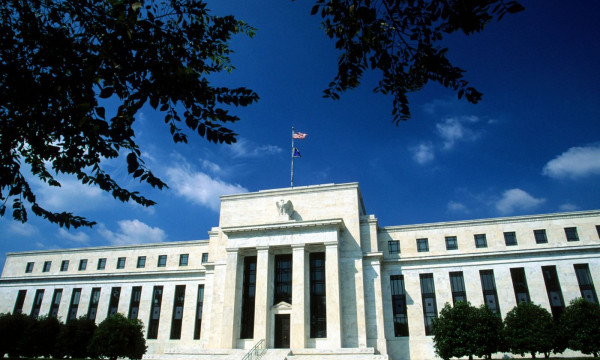US GDP Growth Masks Weak Demand, Markets Eye Fed Moves

The U.S. economy achieved a 3.0% annualized growth rate during the second quarter which exceeded market predictions. The positive headline figure conceals major structural problems because domestic demand has slowed down and import levels have dramatically decreased. The Commerce Department revealed private consumption grew at a moderate rate according to its data. The business sector experienced a significant decline in investment while residential construction activities decreased for two consecutive quarters.
The GDP received a substantial boost from imports which decreased by 30.3% to its lowest point ever thus reducing the trade deficit by five percentage points. The reduction of inventory levels negatively affected the overall production output. Economists attribute the economic slowdown to President Donald Trump's strong tariff policies which have introduced supply chain and trade flow instability. The trade deals currently in place cover only 40% of imports thus increasing market uncertainty.
The economic growth rate is predicted to decline during the second half of the year which will result in a 1.5% annual growth rate below the 2.8% rate of 2024 and the Federal Reserve's target of 1.8% for non-inflationary growth. The Federal Reserve maintains its expectation to keep interest rates between 4.25% and 4.50% despite Trump's demands for rate cuts.
The day's data led to increased Wall Street indexes and Treasury yields and dollar value despite ongoing market uncertainties.

Dominic Maley is an American journalist recognized for his sharp and insightful reporting on social and political issues. His work is known for its depth, integrity, and the ability to highlight critical societal concerns.